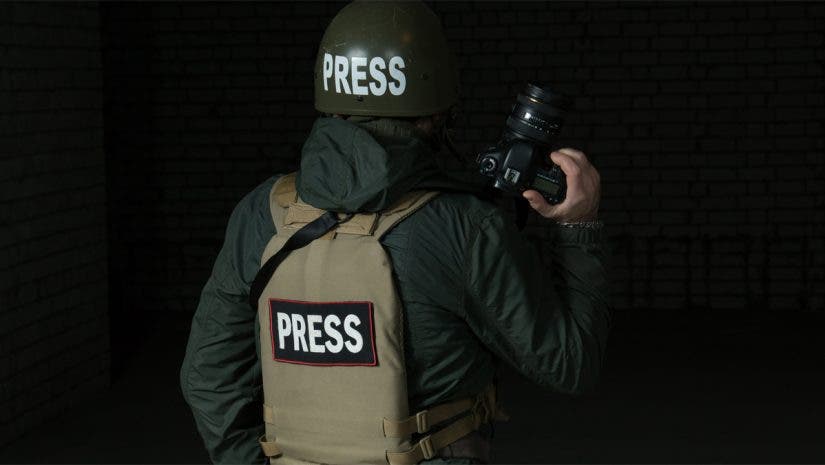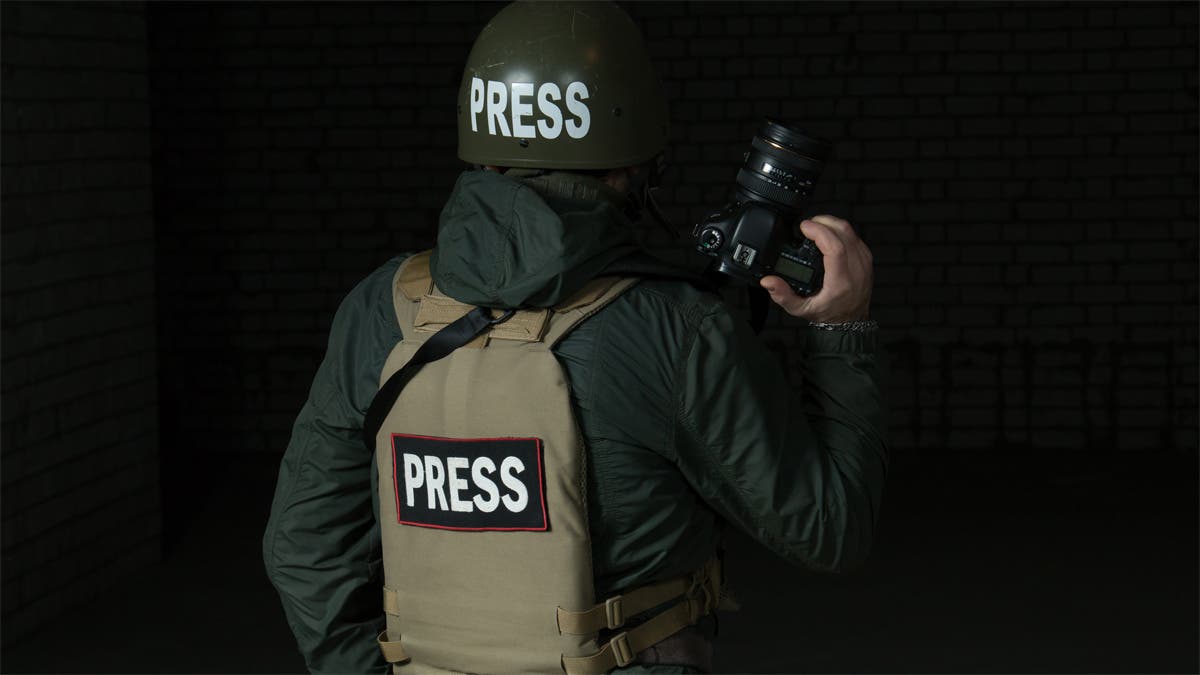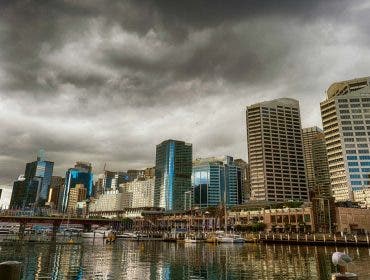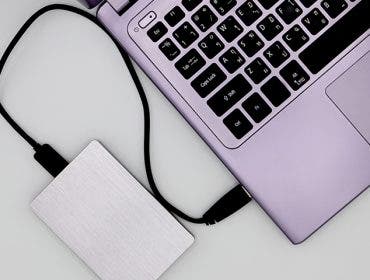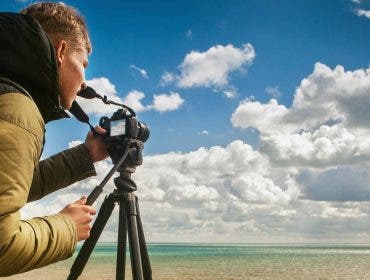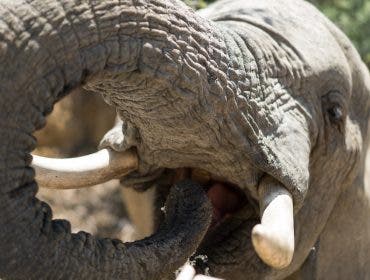Breaking into photojournalism isn’t easy. In fact, it’s arguably more challenging now than ever. But having the right basic photojournalist camera equipment will help you get started.
If you’re seriously thinking about breaking into photojournalism, yes the right photojournalist gear is essential. But here are four words of warning: It won’t be easy. There is a lot of competition out there, and fewer jobs to be had. Newspapers and magazines are cutting staff and the immensely talented, experienced shooters they’ve dropped are working their butts off to stay in the game.
Are you sure you want to go up against them?
On the other hand, the Internet has opened up new niches that might be so limited in scope that they fly under the radars of seasoned pros and just might help you get your foot in the door. Just don’t expect to be able to pay your bills this way, at least at first. If you build a stunning portfolio of work (these days, very good isn’t good enough) network persistently, and get your work noticed by the right people, you might have a fighting chance.
But you’ve got to start somewhere, and part of that is starting off with the right gear, and the right supplier. Adorama has been helping photojournalists get their starts—and keep going—with the right gear for decades.
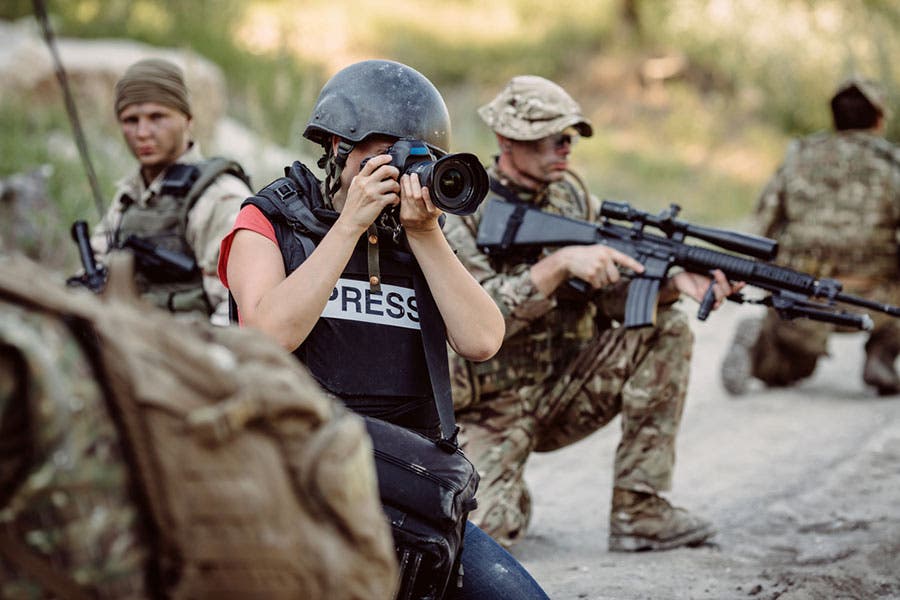
How to choose your photojournalism camera equipment
The type of photojournalism equipment you need depends largely on the assignment. If you’re working on a human interest story, for example, you might need prime lenses like a 50mm or 85mm to capture compelling portraits.
If you’re working on an assignment about, say, a local protest, you’ll benefit from a photojournalist camera with fast autofocusing and a high shutter speed so you can snap moment after moment. You want to capture authentic, not posed, images, which means you need to be able to click away as the candids happen. In addition to a photojournalist camera and lens, your photojournalism equipment list may also include an on-camera microphone if you’re recording interviews, a tripod if you’re capturing more scene-setting landscapes, and always have a spare battery and extra SD card or two.
The best way to brainstorm what photojournalism equipment you need? Visualize the scene, and any potential hiccups or roadblocks, then research and experiment with gear that will best help you get the job done.
Must-Have Camera Equipment for Photojournalists
1. Invest in good glass
Get the best lenses you can afford. Ideally, a wide-angle to normal zoom lens with a constant f/2.8 wide aperture, and a tele zoom are virtual requirements. If you can’t afford these, at least get a couple of fast prime lenses, and a 180 or 200mm telephoto, plus a 50mm f/1.8 or f/1.4. Upgrade to a 4K camera as the assignments start paying your bills.
2. Get two camera bodies
You don’t necessarily need the top-end model. While full-frame is best, it costs a lot more; a high-end refurbished APS sensor camera (or even a used or refurbished full-frame) can save you hundreds or even thousands, and give you outstanding low-light performance, which you’ll need. As you move up and can afford it, you can upgrade to the latest, greatest DSLR bodies and make the jump to full-frame.
3. Buy a good omnidirectional microphone (if you’re going to shoot videos)
Don’t rely on the on-camera mic; the sound won’t be broadcast quality. You need a good microphone to capture sound on your camera. Get a good, rugged handheld microphone, with a wind sock, for interviews or to capture ambient sound.
4. Bring a TTL strobe, either from the camera maker or an independent flash company
Just make sure you have the proper cables so the flash can communicate with your camera in full TTL mode. Get the most powerful unit you can afford. Even better: Make it a wireless set-up, or at least a TTL-friendly off-camera cord, so you can move the flash off the camera.
5. Use a flash modifier
At the very least, get a reflector so you can bounce the flash or a diffuser to widen the flash source for more flattering lighting. This will allow you to get more natural lighting.
6. Don’t forget those extra, fully-charged batteries
“I ran out of juice” is a reputation killer when shooting spot news or are on deadline. Bring at least two back-ups for each camera and flash.
7. Ditto for memory cards
Don’t be stingy—buy as many high-capacity cards as you can—these things are dirt cheap. Buy the fastest memory card you can afford, to take advantage of your camera’s burst rate and data transfer capabilities. This very well might make the difference between getting the moment and missing it.
8. Invest in tablet with a data plan
iPad or ‘Droid—whichever operating system you’re comfortable with—as long as you can connect wirelessly via your provider’s data plan (hint: invest in a data plan!), and don’t have to rely on the availability of Wi-Fi. The ability to file pictures from the field on a tight deadline is an absolute necessity. Get the data plan and go. (Also make sure to have Photoshop loaded so you can do any very basic last-second exposure adjustments.) Alternatively, when shopping for a new camera, either look for a model with built-in wireless capabilities or with a grip or hot shoe unit that will turn it either into a bluetooth device (upload images via your cell phone) or a standalone wireless unit. There are lots of wireless options now!
9. Pack sensor cleaners, microfiber cloth, etc
You may be in the field under less than ideal conditions, changing lenses. Be prepared to clean the lenses and sensor often. You don’t want to make a busy picture editor deal with sensor dust. That’s an automatic “delete” no matter how good the shot.
10. Throw in your smartphone…
…with all your picture editors’ contact info on speed dial.
And, as mentioned in item 8, your phone might be pressed into service as a way to wirelessly transmit images from your camera to your editor on tight deadline. Make sure your data plan can handle it.
11. And a roll of gaffer tape, of course
Even if you don’t think you’ll need it, it’s good to have gaffer tape around because eventually, you will. If room in your bag is at a premium, microGaffer tape is a very handy option.
12. Finally, get a good bag with room to grow
This will save you a few bucks in the long run. Make sure the camera bag has adjustable dividers so your gear will sit snugly.
There’s a lot more to breaking into photojournalism than just having the right gear, and even if you do everything right there’s no guarantees that you will succeed. But at least investing in appropriate equipment will put you on the right track. Good luck—you’ll need it!
